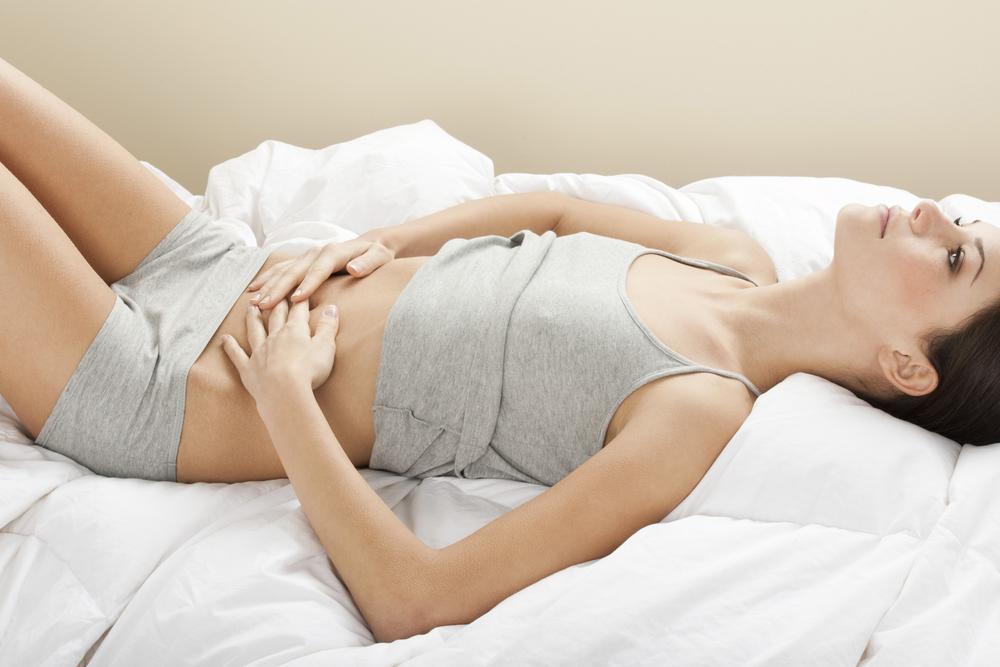Comprehensive Guide to Adult Urinary Incontinence: Causes, Symptoms, and Management Strategies
Adult urinary incontinence is a common condition affecting millions worldwide, especially with aging. This comprehensive guide explores its causes, symptoms, and effective treatment options. From muscle weakness to nerve damage, understanding the underlying factors is crucial for proper management. The article highlights lifestyle changes, exercises, medications, and surgical options that can significantly improve quality of life. Whether experiencing stress, urge, or mixed incontinence, timely diagnosis and personalized treatment plans are essential. Empower yourself with knowledge and take proactive steps toward health and confidence.

Comprehensive Guide to Adult Urinary Incontinence: Causes, Symptoms, and Management Strategies
Maintaining proper urinary function is essential for overall health and well-being. Our bodies rely on a complex interplay of organs and nervous system signals to control bladder activity. However, various factors can disrupt this delicate balance, leading to a condition known as adult urinary incontinence. This condition, characterized by involuntary urine leakage or sudden urges to urinate, affects millions of adults worldwide, becomes more prevalent with age, and can significantly impair quality of life.
Urinary incontinence in adults is often misunderstood or stigmatized, yet it is a common health issue that can be managed effectively once properly diagnosed. It is important to understand the underlying causes, recognize common symptoms, and explore available treatment options to improve comfort and health outcomes. This comprehensive guide aims to shed light on the complexities of adult urinary incontinence, including its causes, symptoms, risk factors, and management strategies.
Urinary incontinence occurs when the body's control over bladder function is compromised, leading to unintentional urine leakage. While it is often associated with children, adult incontinence poses a more serious health concern, often linked to other medical conditions or aging processes.
Understanding the Causes of Adult Urinary Incontinence
Approximately one-third of the adult population in various countries experiences at least one episode of urinary incontinence, with prevalence increasing among older adults. The causes of this condition are diverse and can be categorized into several key factors:
Muscle Weakness or Damage: The bladder's ability to hold urine relies on the strength and integrity of the pelvic floor muscles. These muscles contract and relax to control urine flow. Factors such as aging, childbirth, surgery, or injury can weaken these muscles, leading to leakage or an inability to hold urine properly.
Nerve Dysfunction: Proper bladder control depends on clear communication between the brain, nerves, and bladder muscles. Nerve damage from conditions like diabetes, multiple sclerosis, Parkinson’s disease, or spinal cord injuries can disrupt this communication, resulting in incontinence.
Infections and Irritations: Urinary tract infections (UTIs), which are more common in women, can irritate the bladder lining, causing urgent and uncontrolled urination.
Hormonal Changes: Particularly in women, hormonal fluctuations during menopause can weaken the tissues of the bladder and urethra, increasing the risk of incontinence.
Pregnancy and Childbirth: The physical stresses of pregnancy and the trauma during delivery can stretch or weaken pelvic floor muscles and tissues, contributing to leakage.
Obesity: Excess body weight increases pressure on the bladder and pelvic floor muscles, elevating the risk of urinary leakage.
Medical Conditions: Conditions such as diabetes, neurological disorders, or chronic coughing due to respiratory issues can also contribute to the development of adult incontinence.
Recognizing the Symptoms of Adult Incontinence
Understanding the symptoms associated with urinary incontinence is crucial for accurate diagnosis and timely management. Symptoms vary depending on the type and severity of the condition, but common signs include:
Sudden and Unintentional Urine Leakage: This is the hallmark symptom, which may occur sporadically or frequently.
Leakage During Physical Activity: Activities like coughing, sneezing, laughing, or lifting heavy objects can cause leakage, typical of stress incontinence.
Urgent Need to Urinate: A sudden, overwhelming urge to urinate that is difficult to delay, characteristic of urge incontinence.
Mixed Symptoms: Experiencing both stress and urge symptoms simultaneously.
Inability to Fully Empty Bladder: Leading to dribbling of urine, often seen in overflow incontinence.
Difficulty Reaching the Bathroom: Due to mobility issues stemming from arthritis, neurological disorders, or other physical limitations, resulting in functional incontinence.
Effective Management and Treatment Options for Adult Urinary Incontinence
While adult urinary incontinence can be distressing, there are diverse treatment options tailored to individual needs and the underlying causes. Approaches include lifestyle modifications, physical therapy, medications, and surgical procedures.
Lifestyle Changes: Weight loss, dietary adjustments, reducing caffeine and alcohol intake, and scheduled urination can significantly reduce symptoms.
Pelvic Floor Exercises: Kegel exercises strengthen pelvic muscles, improving bladder control. Consistency is key, and healthcare providers can guide proper technique.
Medications: Pharmacological treatments can help manage symptoms, especially for urge incontinence, by relaxing the bladder muscles or reducing overactivity.
Behavioral Therapies: Bladder training techniques involve gradually increasing the time between urination, leading to better control.
Medical Devices and Incontinence Aids: Use of pads, protective garments, or urethral inserts provides additional support and dignity.
Surgical Interventions: Procedures like sling surgeries, bladder lifts, or nerve stimulation are options when conservative treatments fail to yield results.
Getting an accurate diagnosis from a healthcare provider is essential to determine the most effective treatment strategy. Additionally, addressing psychological impacts like anxiety or depression related to incontinence can improve overall quality of life.
In conclusion, adult urinary incontinence is a prevalent yet manageable condition. By understanding its causes, symptoms, and treatment options, individuals can take proactive steps to regain confidence and enhance their quality of life. Consulting healthcare professionals and seeking support can lead to effective management and a better sense of well-being.





